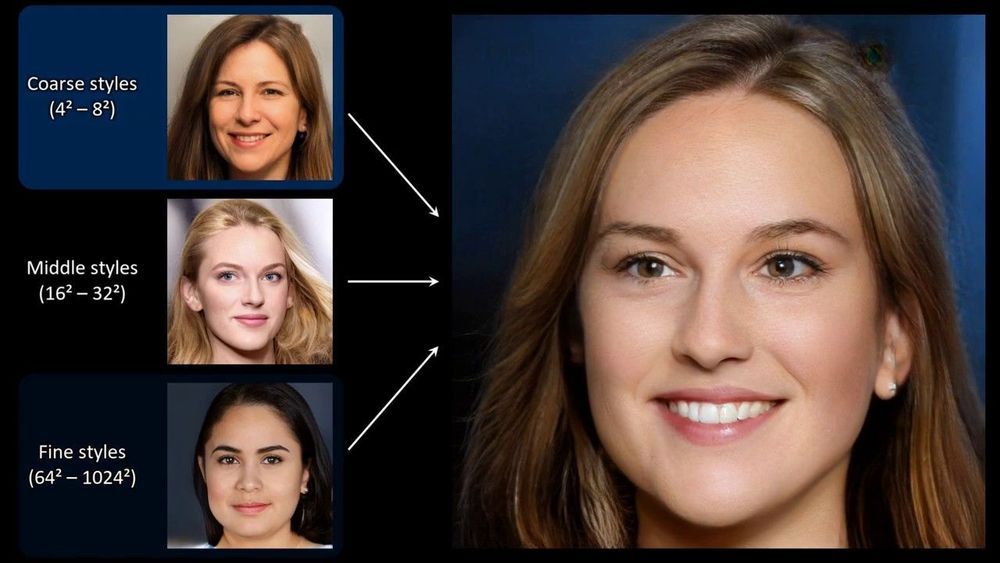Jul 20, 2020
Ultimate precision limit of multi-parameter quantum magnetometry
Posted by Quinn Sena in category: quantum physics
Quantum magnetometry, one of the most important applications in quantum metrology, aims to measure the magnetic field with the highest precision. Although estimation of one component of a magnetic field has been well studied over many decades, the highest precision that can be achieved with entangled probe states for the estimation of all three components of a magnetic field remains uncertain.
In particular, the specific questions include how to balance the precision tradeoff among different parameters, what is the ultimate precision, can this precision limit be achieved, and how to achieve it.
Under the lead of Prof. Guo Guangcan, Prof. Li Chuanfeng and Prof. Xiang Guoyong from University of Science and Technology of China (USTC) of the Chinese Academy of Sciences, together with Prof. Yuan Haidong from the Chinese University of Hong Kong, obtained the ultimate precision for the estimation of all three components of a magnetic field with entangled probe states under the parallel scheme. The study was published online in Physical Review Letters.

















